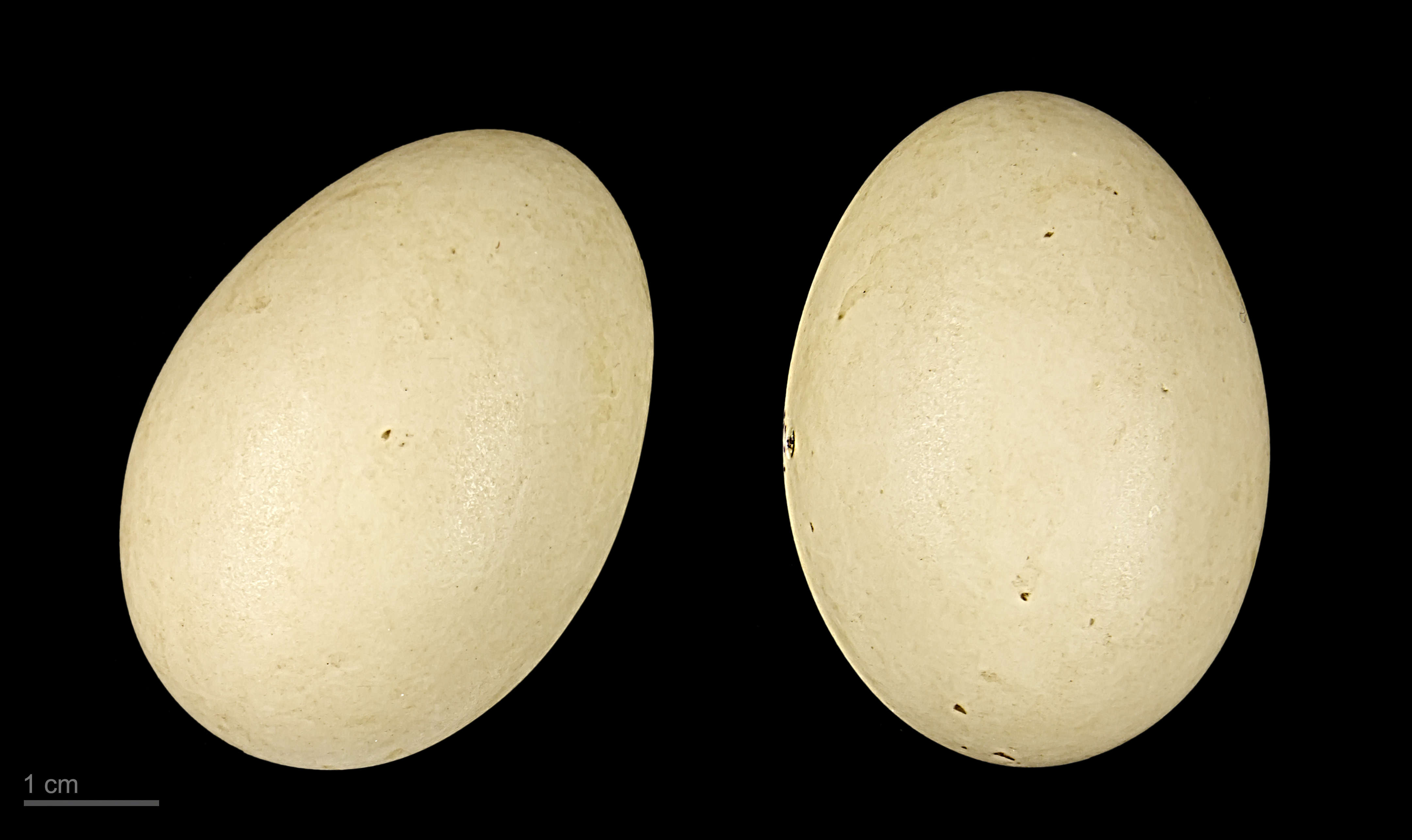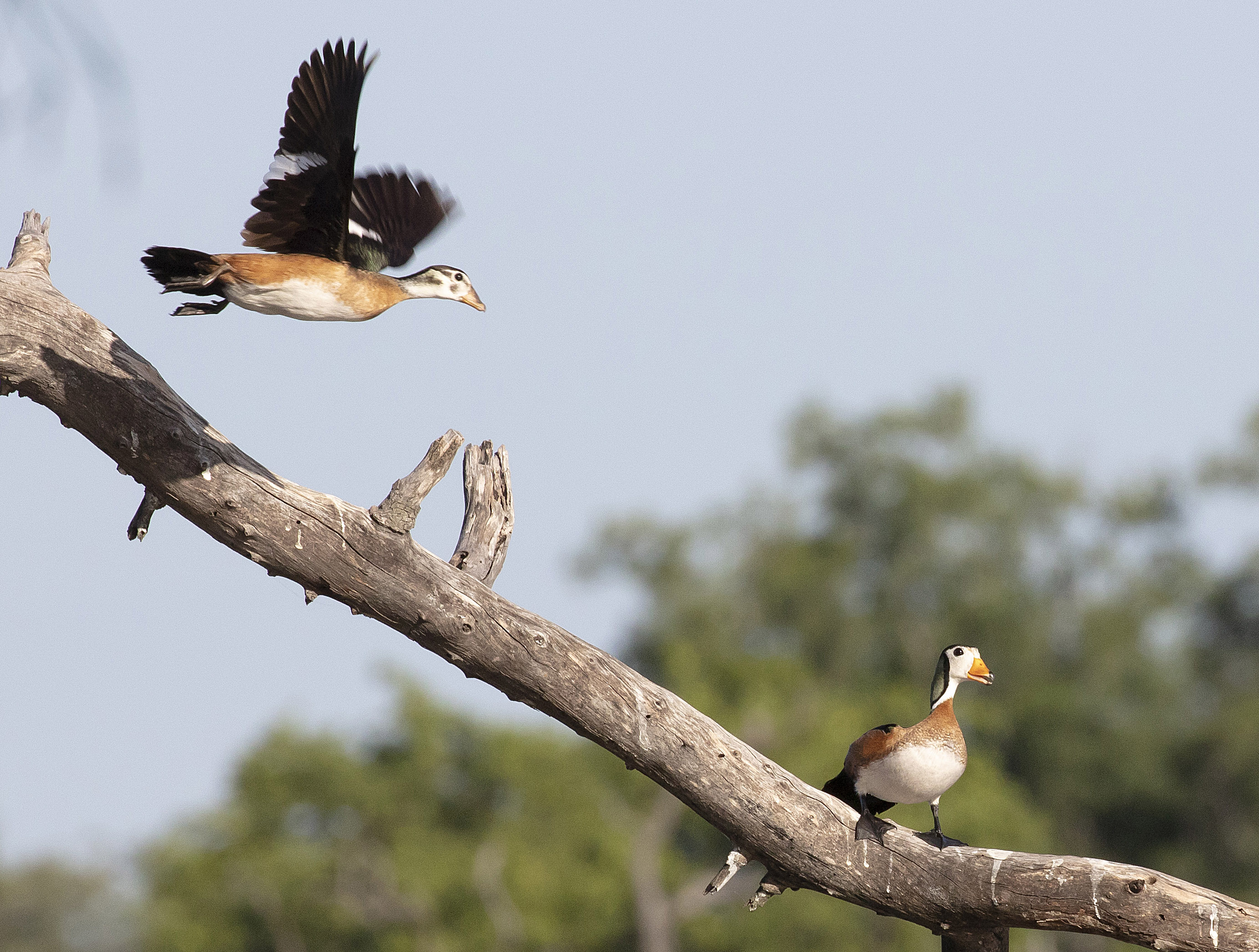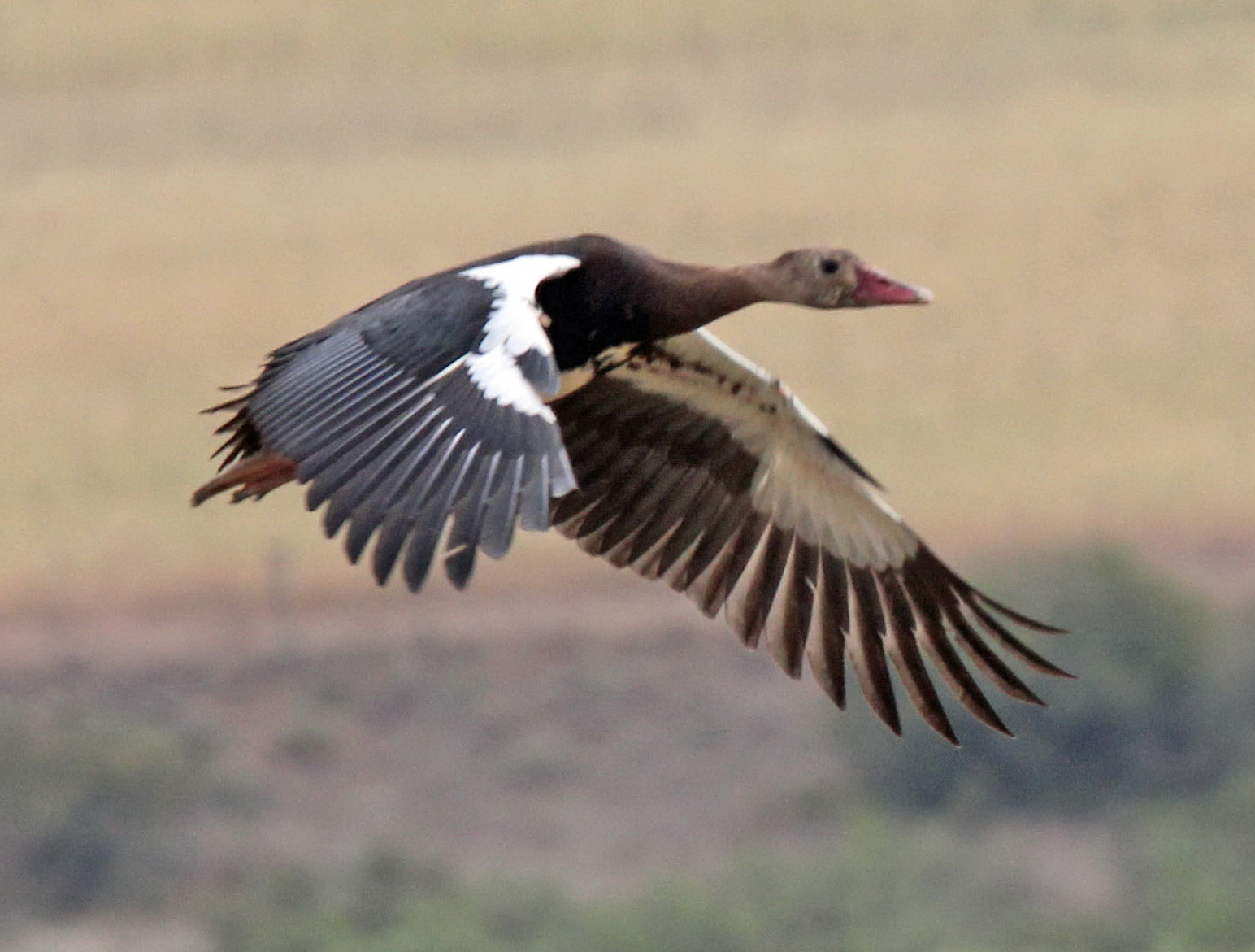|
List Of Birds Of South Sudan
This is a list of the bird species recorded in South Sudan. The avifauna of South Sudan include a total of 831 species. This list's taxonomic treatment (designation and sequence of orders, families and species) and nomenclature (common and scientific names) follow the conventions of '' The Clements Checklist of Birds of the World'', 2022 edition. The family accounts at the beginning of each heading reflect this taxonomy, as do the species counts found in each family account. Introduced and accidental species are included in the total counts for South Sudan. The following tags have been used to highlight several categories. The commonly occurring native species do not fall into any of these categories. * (A) Accidental - a species that rarely or accidentally occurs in South Sudan * (E) Endemic - a species endemic to South Sudan * (I) Introduced - a species introduced to South Sudan as a consequence, direct or indirect, of human actions Ostriches Order: StruthioniformesFamily ... [...More Info...] [...Related Items...] OR: [Wikipedia] [Google] [Baidu] |
South Sudan
South Sudan (; din, Paguot Thudän), officially the Republic of South Sudan ( din, Paankɔc Cuëny Thudän), is a landlocked country in East Africa. It is bordered by Ethiopia, Sudan, Central African Republic, Democratic Republic of the Congo, Uganda and Kenya. Its population was estimated as 12,778,250 in 2019. Juba is the capital and largest city. It gained independence from Sudan on 9 July 2011, making it the most recent sovereign state or country with widespread recognition as of 2022. It includes the vast swamp region of the Sudd, formed by the White Nile and known locally as the '' Bahr al Jabal'', meaning "Mountain River". Sudan was occupied by Egypt under the Muhammad Ali dynasty and was governed as an Anglo-Egyptian condominium until Sudanese independence in 1956. Following the First Sudanese Civil War, the Southern Sudan Autonomous Region was formed in 1972 and lasted until 1983. A second Sudanese civil war soon broke out in 1983 and ended in 2005 with the ... [...More Info...] [...Related Items...] OR: [Wikipedia] [Google] [Baidu] |
Knob-billed Duck
The knob-billed duck (''Sarkidiornis melanotos''), or African comb duck, is a duck found in tropical wetlands in Sub-Saharan Africa, Madagascar and the Indian Subcontinent from northern India to Laos and extreme southern China. Most taxonomic authorities split this species and the comb duck from each other. The supposed extinct "Mauritian comb duck" is based on misidentified remains of the Mauritius sheldgoose (''Alopochen mauritiana''); this was realized as early as 1897, but the mistaken identity can still occasionally be found in recent sources. Description and systematics This common species is unmistakable. It is one of the largest species of duck. Length can range from , wingspan ranges from and weight from . biodiver ... [...More Info...] [...Related Items...] OR: [Wikipedia] [Google] [Baidu] |
Northern Pintail
The pintail or northern pintail (''Anas acuta'') is a duck species with wide geographic distribution that breeds in the northern areas of Europe and across the Palearctic and North America. It is migratory and winters south of its breeding range to the equator. Unusually for a bird with such a large range, it has no geographical subspecies if the possibly conspecific duck Eaton's pintail is considered to be a separate species. This is a large duck, and the male's long central tail feathers give rise to the species' English and scientific names. Both sexes have blue-grey bills and grey legs and feet. The drake is more striking, having a thin white stripe running from the back of its chocolate-coloured head down its neck to its mostly white undercarriage. The drake also has attractive grey, brown, and black patterning on its back and sides. The hen's plumage is more subtle and subdued, with drab brown feathers similar to those of other female dabbling ducks. Hens make a coarse ... [...More Info...] [...Related Items...] OR: [Wikipedia] [Google] [Baidu] |
Red-billed Duck
The red-billed teal or red-billed duck (''Anas erythrorhyncha'') is a dabbling duck which is an abundant resident breeder in southern and eastern Africa typically south of 10° S. This duck is not migratory, but will fly great distances to find suitable waters. It is highly gregarious outside the breeding season and forms large flocks. Taxonomy The red-billed teal was formally described in 1789 by the German naturalist Johann Friedrich Gmelin in his revised and expanded edition of Carl Linnaeus's ''Systema Naturae''. He placed it with all the other ducks, geese and swans in the genus ''Anas'' and coined the binomial name ''Anas erythrorhyncha''. Gmelin based his description on the "Crimson-billed duck" that had been described in 1785 by the English ornithologist John Latham in his ''A General Synopsis of Birds''. Latham specied the type locality as the Cape of Good Hope. The genus name ''Anas'' is the Latin word for a duck. The specific epithet ''erythrorhyncha'' combines th ... [...More Info...] [...Related Items...] OR: [Wikipedia] [Google] [Baidu] |
Mallard
The mallard () or wild duck (''Anas platyrhynchos'') is a dabbling duck that breeds throughout the temperate and subtropical Americas, Eurasia, and North Africa, and has been introduced to New Zealand, Australia, Peru, Brazil, Uruguay, Argentina, Chile, Colombia, the Falkland Islands, and South Africa. This duck belongs to the subfamily Anatinae of the waterfowl family Anatidae. Males have purple patches on their wings, while the females (hens or ducks) have mainly brown-speckled plumage. Both sexes have an area of white-bordered black or iridescent blue feathers called a speculum on their wings; males especially tend to have blue speculum feathers. The mallard is long, of which the body makes up around two-thirds the length. The wingspan is and the bill is long. It is often slightly heavier than most other dabbling ducks, weighing . Mallards live in wetlands, eat water plants and small animals, and are social animals preferring to congregate in groups or flocks of varyi ... [...More Info...] [...Related Items...] OR: [Wikipedia] [Google] [Baidu] |
African Black Duck
The African black duck (''Anas sparsa'') is a species of duck of the genus ''Anas''. It is genetically closest to the mallard group, but shows some peculiarities in its behavior and (as far as they can be discerned) plumage; it is accordingly placed in the subgenus ''Melananas'' pending further research. Description The African black duck is a black duck with pronounced white marks on its back, a dark bill, and orange legs and feet. A purpish-blue speculum is often visible, especially in flight. It lives in central and southern Africa. It is also known as the black river duck, or (''A. s. leucostigma'') West African black duck or Ethiopian black duck. It is a medium-sized duck, with a length of . The male is larger than the female. Distribution The African black duck is mainly found in eastern and southern sub-Saharan Africa from South Africa north to South Sudan and Ethiopia with outlying populations in western equatorial Africa, in southeast Nigeria, Cameroon and Gabon. Beha ... [...More Info...] [...Related Items...] OR: [Wikipedia] [Google] [Baidu] |
Eurasian Wigeon
The Eurasian wigeon or European wigeon (''Mareca penelope''), also known as the widgeon or the wigeon, is one of three species of wigeon in the dabbling duck genus ''Mareca''. It is common and widespread within its Palearctic range. Taxonomy The Eurasian wigeon was described by Carl Linnaeus in his landmark 1758 10th edition of ''Systema Naturae'' under the binomial name ''Anas penelope''. ''Anas'' is the Latin word for "duck", and ''penelope'' refers to a duck that was supposed to have rescued Penelope when she was thrown into the sea. Her name derives from Ancient Greek πήνη ''pene'', "braid" and ὤψ ''ops'' "appearance", from the ruse she used to deter suitors while her husband Ulysses was absent. Description This dabbling duck is long with a wingspan, and a weight of . The breeding male has grey flanks and back, with a black rear end, a dark green speculum and a brilliant white patch on upper wings, obvious in flight or at rest. It has a pink breast, white belly, ... [...More Info...] [...Related Items...] OR: [Wikipedia] [Google] [Baidu] |
Northern Shoveler
The northern shoveler (; ''Spatula clypeata''), known simply in Britain as the shoveler, is a common and widespread duck. It breeds in northern areas of Europe and across the Palearctic and across most of North America, wintering in southern Europe, the Indian subcontinent, Southeast Asia, Central, the Caribbean, and northern South America. It is a rare vagrant to Australia. In North America, it breeds along the southern edge of Hudson Bay and west of this body of water, and as far south as the Great Lakes west to Colorado, Nevada, and Oregon. The northern shoveler is one of the species to which the ''Agreement on the Conservation of African-Eurasian Migratory Waterbirds'' (AEWA) applies. The conservation status of this bird is Least Concern. Taxonomy The northern shoveler was first formally described by the Swedish naturalist Carl Linnaeus in 1758 in the tenth edition of his ''Systema Naturae''. He introduced the binomial name ''Anas clypeata''. A molecular phylogentic study ... [...More Info...] [...Related Items...] OR: [Wikipedia] [Google] [Baidu] |
Blue-billed Teal
The blue-billed teal, spotted teal or Hottentot teal (''Spatula hottentota'') is a species of dabbling duck of the genus ''Spatula''. It is migratory resident in eastern and southern Africa, from Sudan and Ethiopia west to Niger and Nigeria and south to South Africa and Namibia.Clements, J. (2007) In west Africa and Madagascar it is sedentary. The blue-billed teal breed year round, depending on rainfall, and stay in small groups or pairs. They build nests above water in tree stumps and use vegetation. Ducklings leave the nest soon after hatching, and the mother's parenting is limited to providing protection from predators and leading young to feeding areas."Hottentot Teal Fact Sheet, Lincoln Park Zoo" This species is omnivorous and prefers smaller shallow bodies of water. The blue-b ... [...More Info...] [...Related Items...] OR: [Wikipedia] [Google] [Baidu] |
Garganey
The garganey (''Spatula querquedula'') is a small dabbling duck. It breeds in much of Europe and across the Palearctic, but is strictly migratory, with the entire population moving to southern Africa, India (in particular Santragachi), Bangladesh (in the natural reservoirs of Sylhet district) and Australasia during the winter of the Northern hemisphere, where large flocks can occur. This species was first described by Carl Linnaeus in his landmark 1758 10th edition of ''Systema Naturae''. Like other small ducks such as the Eurasian teal, this species rises easily from the water with a fast twisting wader-like flight. Their breeding habitat is grassland adjacent to shallow marshes and steppe lakes. Taxonomy The first formal description of the garganey was by the Swedish naturalist Carl Linnaeus in 1758 in the tenth edition of his ''Systema Naturae''. He introduced the binomial name ''Anas querquedula''. A molecular phylogentic study comparing mitochondrial DNA sequences publis ... [...More Info...] [...Related Items...] OR: [Wikipedia] [Google] [Baidu] |
African Pygmy-goose
The African pygmy goose (''Nettapus auritus'') is a perching duck from sub-Saharan Africa. It is the smallest of Africa's waterfowl Anseriformes is an order of birds also known as waterfowl that comprises about 180 living species of birds in three families: Anhimidae (three species of screamers), Anseranatidae (the magpie goose), and Anatidae, the largest family, which in ..., and one of the smallest in the world. Though pygmy goose, pygmy geese have beaks like those of geese, they are more related to the dabbling ducks and other species called 'ducks'. It is one of the species to which the ''Agreement on the Conservation of African-Eurasian Migratory Waterbirds'' (AEWA) applies. Taxonomy The African pygmy goose was described by the French polymath Georges-Louis Leclerc, Comte de Buffon in his ''Histoire Naturelle des Oiseaux'' in 1785. The bird was also illustrated in a hand-coloured plate engraved by François-Nicolas Martinet in the ''Planches Enluminées D'Histoire N ... [...More Info...] [...Related Items...] OR: [Wikipedia] [Google] [Baidu] |
Spur-winged Goose
The spur-winged goose (''Plectropterus gambensis'') is a large bird in the family Anatidae, related to the geese and the shelducks, but distinct from both of these in a number of anatomical features, and therefore treated in its own subfamily, the Plectropterinae. It occurs in wetlands throughout sub-Saharan Africa. Description Adults are long and weigh on average , rarely up to , with males noticeably larger than the females. The wingspan can range from .Ogilvie & Young, ''Wildfowl of the World''. New Holland Publishers (2004), One source claims the average weight of males is around and the weight of females is around . However, 11 geese of this species banded in South Africa were found to average only , with a range of .''CRC Handbook of Avian Body Masses, 2nd Edition'' by John B. Dunning Jr. (Editor). CRC Press (2008), . Another study in South Africa found that 58 males weighed an average of and measured in total length; while 34 females averaged in weight and in total ... [...More Info...] [...Related Items...] OR: [Wikipedia] [Google] [Baidu] |
.jpg)

.jpg)

_in_AP_W_IMG_2844.jpg)

